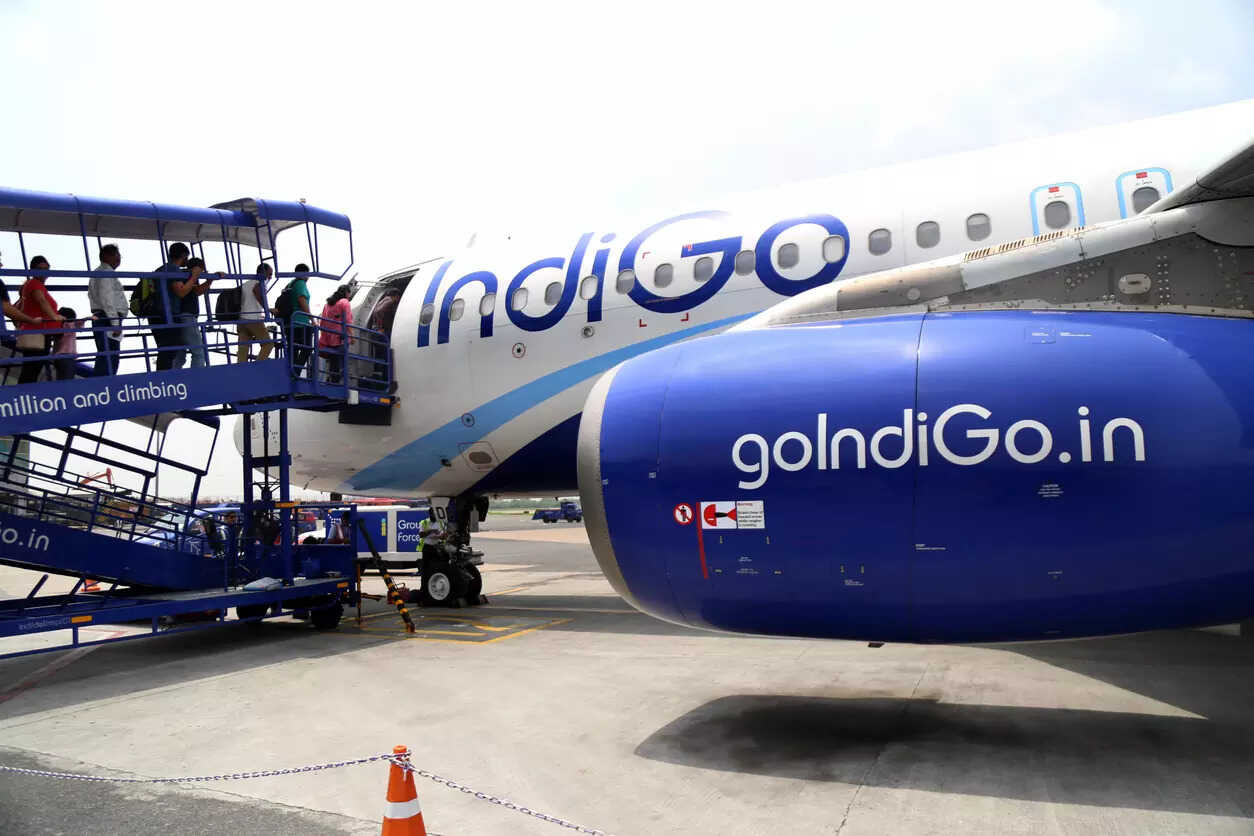India and the EU: A Trade Tango on the Horizon?
The winds of change are blowing through the global trade landscape, and all eyes are on the potential partnership brewing between India and the European Union. Recently, Denmark threw its weight behind expediting the conclusion of the India-EU Free Trade Agreement (FTA), signaling a strong vote of confidence in the burgeoning relationship and the mutual benefits that lie within. But what does this really mean, and why should you be paying attention?
For years, the prospect of an India-EU FTA has been a tantalizing prospect, a complex dance of negotiations and compromises. Now, with renewed impetus and a supportive nudge from Denmark, the finish line seems closer than ever. This isn’t just about tariffs and quotas; it’s about forging stronger economic ties, unlocking new opportunities for businesses on both sides, and solidifying India’s position as a major player on the world stage.
Why the FTA Matters: More Than Just Trade
Think of the FTA as a superhighway for goods, services, and investment, connecting two of the world’s largest economies. For Indian businesses, it opens up access to the vast and affluent EU market, offering a platform to showcase their products and services to a discerning consumer base. Imagine Indian textiles, spices, and software solutions finding a more welcoming home in Europe, boosting exports and driving economic growth.
On the flip side, European companies gain easier access to India’s dynamic and rapidly growing market. From advanced technologies to sustainable solutions, EU businesses can tap into the immense potential of the Indian consumer base and contribute to the country’s development story.
But the benefits extend far beyond simple trade figures. The FTA can also spur greater cooperation in areas like technology transfer, research and development, and sustainable development. This collaboration can lead to innovation, create jobs, and address some of the pressing global challenges we face today.
<img src="image-url.jpg" alt="Illustration of India and EU flags intertwined, symbolizing the potential India EU Trade Agreement.” width=”600″ height=”400″>
Navigating the Complexities: A Delicate Balancing Act
Of course, sealing the deal on an FTA of this magnitude isn’t without its challenges. Both India and the EU have their own unique priorities and sensitivities. Negotiations need to address issues like intellectual property rights, data protection, and environmental standards. Striking the right balance to ensure a fair and mutually beneficial agreement is crucial.
India, for example, may seek greater access for its agricultural products and skilled professionals to the EU market. The EU, in turn, may push for stronger protections for its intellectual property and greater regulatory convergence. Finding common ground on these complex issues requires patience, understanding, and a willingness to compromise.
The Danish Push: A Catalyst for Progress
Denmark’s vocal support for an early conclusion of the FTA is significant. As a strong proponent of free trade and a key member of the EU, Denmark’s endorsement can help build momentum and encourage other member states to prioritize the agreement. This backing isn’t just about political goodwill; it reflects a genuine belief in the economic and strategic benefits of a closer India-EU partnership.
Remember when India and Australia signed a trade agreement? This situation has similar implications.
Looking Ahead: A Future of Shared Prosperity?
The India-EU FTA has the potential to be a game-changer for both economies. It can unlock new opportunities for businesses, create jobs, and foster greater cooperation in areas of mutual interest. While challenges remain, the renewed impetus and the support from countries like Denmark suggest that the finish line is within sight.
As negotiations progress, it’s essential for both sides to remain committed to finding common ground and building a framework for a fair, sustainable, and mutually beneficial partnership. The potential rewards are simply too great to ignore. The future of India EU Trade Agreement looks promising, and if successfully implemented, it promises a future of shared prosperity and growth for both regions.







